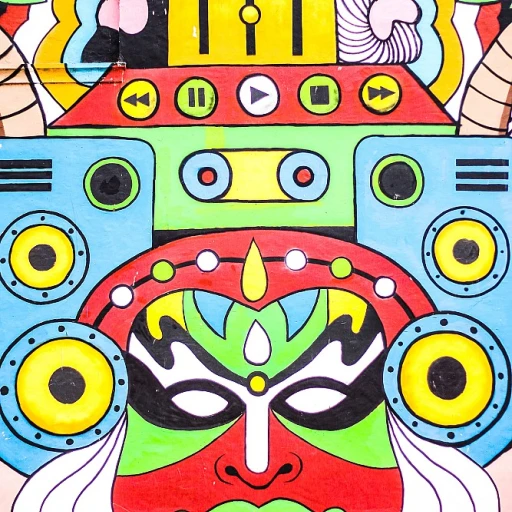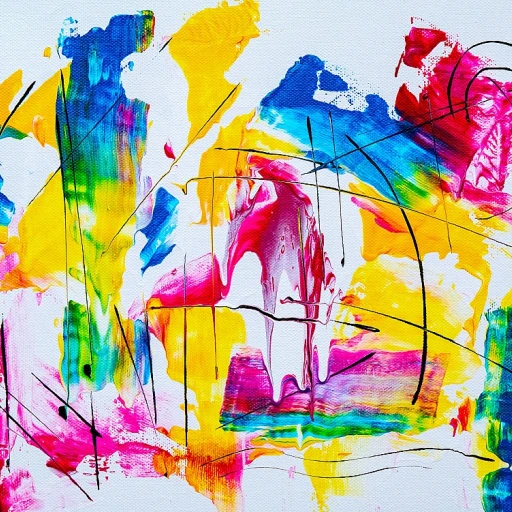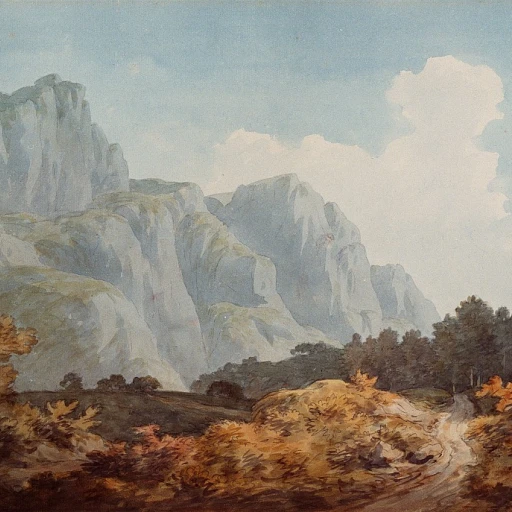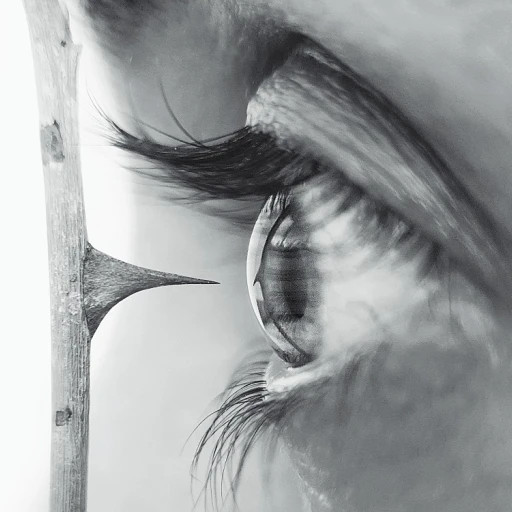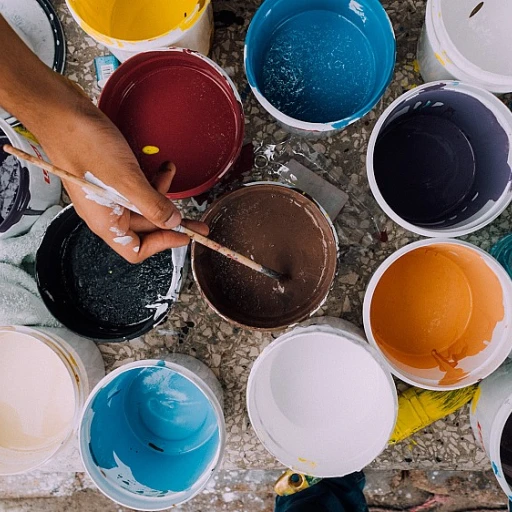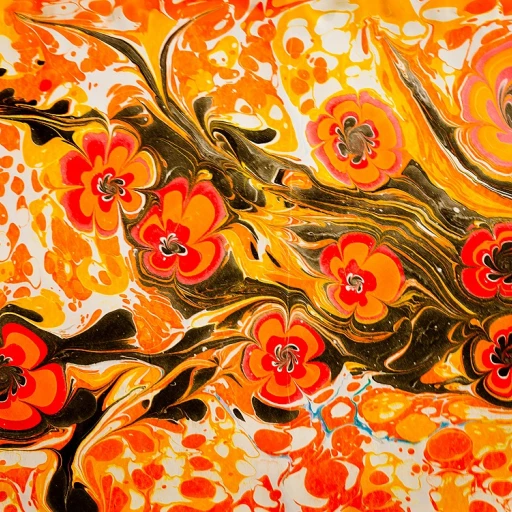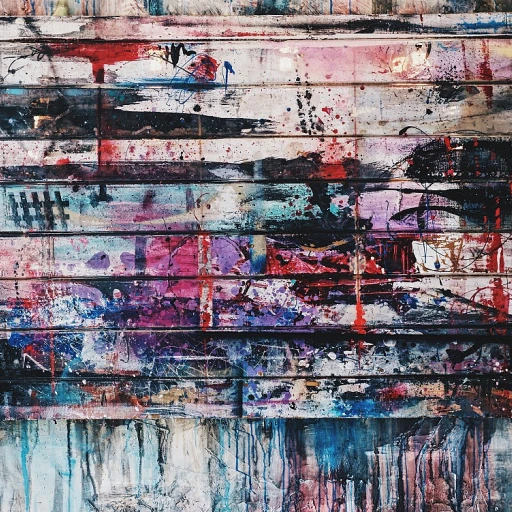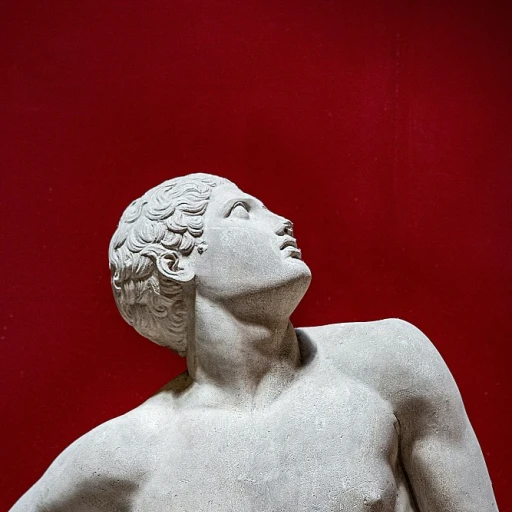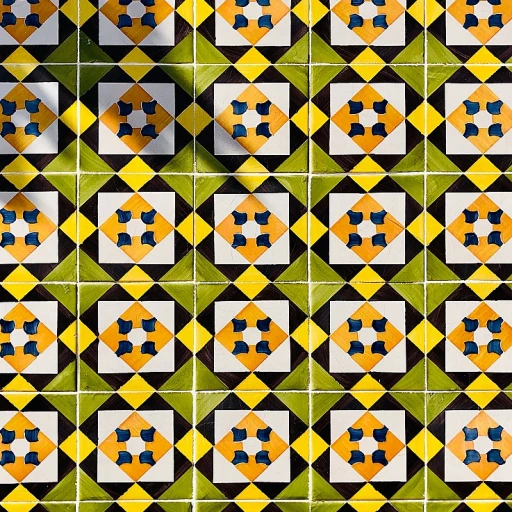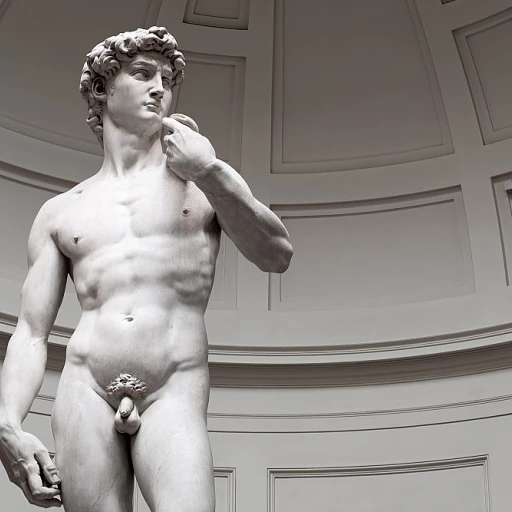-teaser.webp)
The Artistic Journey of Richard Gorman
The Genesis of Gorman's Creative Path
Richard Gorman's pursuit of artistic excellence has spanned decades and continents, marking him as a master of abstract expressionism. From his formative years in Dublin, Ireland, Gorman's exploration of art became a personal journey. He was particularly drawn to the textured allure of handmade materials such as oil linen and the centuries-old techniques of using kozo washi, a traditional Japanese paper. Gorman's foray into the world of art initially led him to the vibrant artistic circles of Dublin. Here, his participation in various exhibitions at the Hugh Lane gallery was pivotal in shaping his early works. With each exhibition, Gorman broadened his scope, not merely confined to the canvas but pushing boundaries with installations in renowned spaces like the Mac Belfast. The Japanese influence became a significant aspect of Gorman's work during his visits to Japan, as seen in his utilization of echizen kozo. The marriage of this traditional washi paper with modern aesthetics allowed him to etch a distinctive signature style, grounding his artworks in cultural hybridity. This cultural interplay provides a profound context for understanding Gorman's current artistic expressions as more than just visual art—they embody an emotional narrative. To understand Gorman's impact and his creative evolution, one must also consider the emotional depth that permeates his paintings. Through his installations at the chigasaki museum, his art continues to communicate with global audiences. Gorman's artistic journey has not only bolstered his reputation but has also significantly influenced contemporary art. His work serves as a testament to the seamless blend of Irish roots with Japanese techniques, establishing his mark and promising an enduring legacy in the art world. To delve deeper into Gorman's creative journey, you can explore more about his artistic influence alongside other maestros like Gabriel Mills in this explorative piece.Understanding Gorman's Signature Style
Decoding the Distinctive Flair of Gorman's Masterpieces
Richard Gorman's art is distinguished by its arresting simplicity and captivating depth. Working primarily with oil on linen and handmade Echizen kozo paper, Gorman’s palette and materials invite the viewer to inquire into his creative world. The artist's characteristic bold colors and geometric forms are a testament to his innovative approach, and have made their presence felt in esteemed locations such as the Hugh Lane Gallery in Dublin and the Chigasaki Museum in Japan.
Understanding the Materials
Gorman often employs traditional Japanese techniques, such as using Echizen kozo washi paper, which is revered for its strength and texture. This choice underlines the artist’s profound respect for craft and heritage, allowing each artwork to emerge with a sense of tradition woven into its modern aesthetics. The supple surface of oil linen further enhances the vibrancy of his paintings, each one a testament to his ability to coax life into a seemingly simple composition.
Form and Color
The boldness of Richard Gorman's pieces lies in their minimalistic forms paired with invigorating color palettes. His works often employ simple shapes—a decision that appears straightforward but captures intricate emotions and narratives. Viewers are encouraged to explore the interplay between structure and spontaneity, an evolution of the artist’s style that continues to gain recognition in galleries and museums across the world, from bustling cities to quiet art sanctuaries.
Intrigued by how artists like Richard Gorman push boundaries with their unique approaches? Dive deeper into the nuances of art by exploring the detailed exploration of Kenichi Hoshine's intricate world.
The Role of Emotion in Gorman's Art
Emotional Resonance in Gorman's Creations
Richard Gorman's artistic brilliance lies not just in his technique but in the profound emotional depth that resonates within each piece. His work often transports viewers, fostering a connection that transcends the visual. Gorman's ability to capture the ephemeral emotions of life—the fleeting joy, the persistent sadness, the quiet contemplation—sets his art apart in the contemporary scene.
His usage of vibrant colors and dynamic forms in various mediums such as oil on linen and handmade Echizen kozo washi paper creates a textural depth that invites viewers to linger. The tactile allure of Gorman's materials, particularly his use of delicate washi paper sourced from Japan, adds a tangible dimension to the emotional journey. Whether exhibited in a local Dublin city gallery or the prestigious Hugh Lane Gallery, his pieces command attention, evoking reactions that are as varied as they are profound.
By integrating his emotional narrative with his signature style, Gorman offers a living paint of emotions. His work prompts a dialogue between the artist and the observer, making each visit to a gallery or museum an immersive experience. From the installation views at the Chigasaki Museum in Japan to the intimate settings of a private gallery, Gorman continues to make significant impressions on all who view his art.
For art collectors and enthusiasts alike, Richard Gorman's pieces are not mere decorations. They are treasures that offer a glimpse into the human psyche. When you choose to view or inquire about his work, you're investing in a legacy of emotions captured on canvas or delicately textured paper, adding a priceless dimension to any art collection.
To explore more about how other artists such as Nora Chavooshian incorporate emotion into their art, continue your journey through the interconnected pathways of contemporary expression.
Gorman's Influence on Contemporary Art
Gorman's Impact on Modern Art Movements
Richard Gorman's influence on contemporary art is both profound and multifaceted. His unique approach to blending traditional techniques with modern sensibilities has left an indelible mark on the art world. Gorman's work, often showcased in prestigious venues such as the Hugh Lane Gallery in Dublin and the Chigasaki Museum in Japan, exemplifies a harmonious fusion of cultural influences and artistic innovation.
Gorman's use of handmade Echizen kozo washi paper and oil on linen has set a new standard for texture and depth in modern paintings. This choice of materials not only pays homage to traditional Japanese craftsmanship but also elevates his work to a level of luxury that resonates with collectors worldwide. The installation view of his pieces often highlights the tactile quality of his materials, inviting viewers to engage with the art on a sensory level.
Bridging Cultural and Artistic Gaps
In cities like Dublin and Japan, Gorman's art serves as a bridge between different artistic traditions. His exhibitions in city galleries and museums have sparked dialogues about the intersection of Eastern and Western art forms. The living paint quality of his work, achieved through meticulous layering techniques, reflects a dynamic interplay of color and form that is both innovative and timeless.
Moreover, Gorman's influence extends beyond the canvas. His approach to art has inspired a new generation of artists to explore the possibilities of combining traditional materials with contemporary techniques. This has led to a resurgence of interest in handmade materials like kozo washi paper and oil linen, as artists seek to emulate the tactile richness that Gorman has mastered.
Legacy in the Making
As Gorman continues to create and exhibit his work, his influence on contemporary art is expected to grow. His ability to innovate while respecting tradition ensures that his legacy will endure, inspiring future artists to explore the boundaries of their own creativity. For those interested in collecting Gorman's art, his pieces not only represent a sound investment but also a connection to a broader artistic narrative that spans cultures and generations.
Collecting Richard Gorman's Art
The Allure of Acquiring Gorman's Creations
Investing in Richard Gorman's art is not only acquiring a piece of visual charisma but also a slice of his intriguing artistic odyssey. Enthusiasts of contemporary art recognize the depth and detachment in his works, making them highly sought-after in galleries worldwide. His pieces, often using materials like handmade Echizen kozo paper or oil on linen, evoke a symphony of emotion and abstract beauty. Whether exploring the serene halls of the City Gallery in Dublin or venturing into the bold installations at the Chigasaki Museum in Japan, the allure of Gorman's paintings unmistakably captivates.- Gallery Visits: City visitors might find interest in his extensive displays at the Hugh Lane Gallery, where his use of oil and linen is showcased brilliantly.
- International Exhibitions: Gorman has graced numerous international venues with his captivating work, most notably in the art-centric museums of Japan. This cross-cultural appreciation amplifies the global demand.
- Material Excellence: His preference for traditionally handmade materials like Echizen kozo signifies a dedication to craftsmanship. A collector's admiration for these materials is reflected in the growing desire to inquire beyond the typical art gallery circuit.
The Future of Richard Gorman's Legacy
Preserving and Celebrating Gorman's Artistic Contributions
As we look to the future of Richard Gorman's legacy, it's essential to consider how his work will continue to influence and inspire. Gorman's art, characterized by its emotional depth and unique use of materials like kozo washi and oil linen, has already left a significant mark on the art world. His pieces, often showcased in prestigious venues such as the Hugh Lane Gallery in Dublin and the Chigasaki Museum in Japan, offer a glimpse into his creative genius.
To ensure that Gorman's contributions are preserved and celebrated, several key factors come into play:
- Exhibitions and Installations: Regular exhibitions in renowned galleries and museums, like the City Gallery and Mac Belfast, will keep his work accessible to art lovers worldwide. These installations provide an opportunity for viewers to experience the emotional resonance of his paintings and living paint techniques.
- Educational Initiatives: Workshops and lectures focusing on Gorman's techniques and materials, such as handmade echizen and echizen kozo paper, can inspire new generations of artists. These initiatives can be hosted by art institutions and universities in Ireland and beyond.
- Art Collecting: As discussed earlier, collecting Gorman's art is not just about owning a piece of history; it's about investing in a legacy. Collectors and galleries should continue to inquire about acquiring his works, ensuring they remain in the public eye and appreciated by future generations.
Richard Gorman's influence on contemporary art is undeniable, and his legacy will undoubtedly continue to grow. By fostering appreciation and understanding of his work, we can ensure that his artistic brilliance remains a vital part of the art world for years to come.


